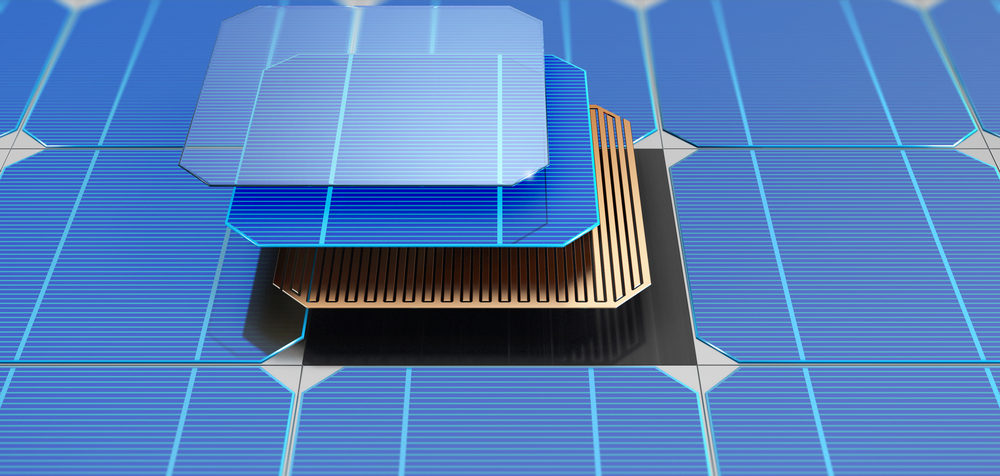
UCLA has collaborated with a group of researchers from around the world to develop a method of incorporating perovskite into solar cells while also protecting it from the conditions that cause it to deteriorate. The ability to use perovskite in solar cells is of interest as it is more available and costs less than silicon – unfortunately, perovskite breaks down with exposure to light and heat.
“Renewable energy is critically important,” said corresponding author Yang Yang, from UCLA. “Perovskite will be a game changer because it can be mass produced in a way silicon cannot, and we’ve identified an additive that will make the material better.”
Halide perovskite’s cubic structure gives it the ability to convert light to electricity. The repeating grid of cubes is held together by bonds between ions with opposite charges. Exposure to light and heat will cause negatively charged ions to “pop out” of the perovskite grid, damaging the crystal structure and diminishing its energy-converting properties.
To combat this deterioration, the research team used neodymium – which has three positively charged ions – to aid in holding the perovskite’s negatively charged ions in place. Eight neodymium ions were added for every 10,000 molecules of perovskite and then tested within solar cells.
When working at maximum power and exposed to continuous light for more than 1,000 hours, a solar cell using the augmented perovskite retained about 93% of its efficiency in converting light to electricity. In contrast, a solar cell using standard perovskite lost half of its power conversion efficiency after 300 hours under the same conditions.
The team also tested a device using the augmented perovskite and found it retained 84% of its power conversion efficiency after more than 2,000 hours, while a device with standard perovskite retained none of its efficiency after the same amount of time.
They conducted a third study to examine the material’s ability to withstand high temperatures. Here, the researchers heated solar cells with both materials to about 180 degrees Fahrenheit. The solar cell with augmented perovskite retained approximately 86% of its efficiency after more than 2,000 hours, while a standard perovskite device completely lost its ability to convert light to electricity during that time.
“The ions tend to move through the perovskite like cars on the highway, and that causes the material to break down,” lead author Yepin Zhao said. “With neodymium, we identified a roadblock to slow down the traffic and protect the material.”
